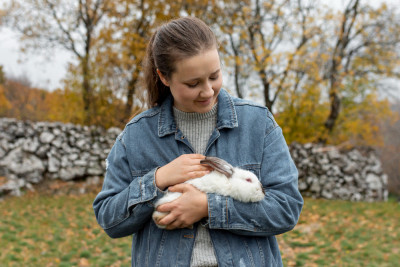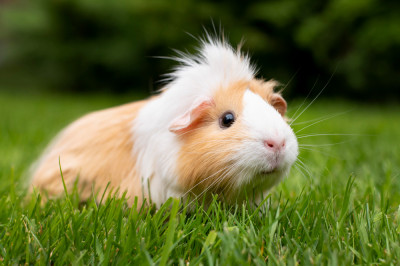Common Behaviors in Dogs
-
Barking: Dogs communicate through barking, which can indicate various emotions or needs. Excessive barking may result from boredom, anxiety, or a need for attention. Address the underlying cause by providing mental and physical stimulation, training, or seeking professional help if necessary.
-
Chewing: Chewing is a natural instinct for dogs, especially puppies. It helps with teething and boredom. Prevent destructive chewing by providing appropriate chew toys, supervision, and training.
-
Jumping: Dogs often jump to greet people, but this behavior can be disruptive. Teach your dog the "off" command and reward them for calm greetings with all four paws on the ground.
-
Digging: Many dogs have an innate desire to dig, driven by boredom or hunting instincts. Create a designated digging area in your yard and redirect your dog's digging tendencies to that spot.
Common Behaviors in Cats
-
Scratching: Cats scratch to maintain their claws, mark territory, and stretch their muscles. Provide scratching posts or pads to satisfy this instinct and prevent furniture damage.
-
Kneading: Cats often knead with their paws on soft surfaces or laps. This behavior is a sign of comfort and contentment, stemming from kittenhood when they kneaded their mother's belly to stimulate milk flow.
-
Hiding: Cats may hide when stressed, scared, or unwell. Allow your cat space and time to retreat to a quiet, safe area when needed. Consult a veterinarian if hiding becomes chronic or is accompanied by concerning behaviors.
-
Grooming: Cats are meticulous groomers, but excessive grooming can indicate stress or skin issues. Monitor your cat's grooming habits and consult a vet if you notice bald spots, skin irritation, or behavioral changes.
Common Behaviors in Birds
-
Vocalization: Birds are known for their vocalizations. Each species has its unique sounds. While some birds sing pleasantly, others may squawk or screech. Understanding your bird's vocalizations helps you interpret their mood and needs.
-
Chewing and Pecking: Birds have strong beaks and a natural inclination to chew and peck. Provide a variety of safe toys and objects for them to chew on, which helps keep their beaks healthy and their minds engaged.
-
Molting: Birds undergo molting, a process where they shed old feathers and grow new ones. Molting can cause some irritability or changes in behavior. Ensure they have a balanced diet and environmental enrichment during this period.
Common Behaviors in Fish
-
Swimming Patterns: Different fish species have distinct swimming patterns. Some are active swimmers, while others are more passive. Observe your fish's normal behavior to detect changes that may indicate stress or illness.
-
Aggression: In community aquariums, fish may display aggression towards each other. Ensure proper tank size and compatibility among species to reduce aggression.
-
Hiding: Some fish may hide when they feel threatened or stressed. Provide adequate hiding places in the aquarium to help them feel secure.
Conclusion
Understanding common behaviors in common pets, such as dogs, cats, birds, and fish, is crucial for responsible pet ownership. Each species has its unique set of behaviors, and knowing how to respond effectively ensures a happy and healthy life for your beloved companions. Remember that patience, consistency, and positive reinforcement are essential when addressing pet behaviors, regardless of the species.








